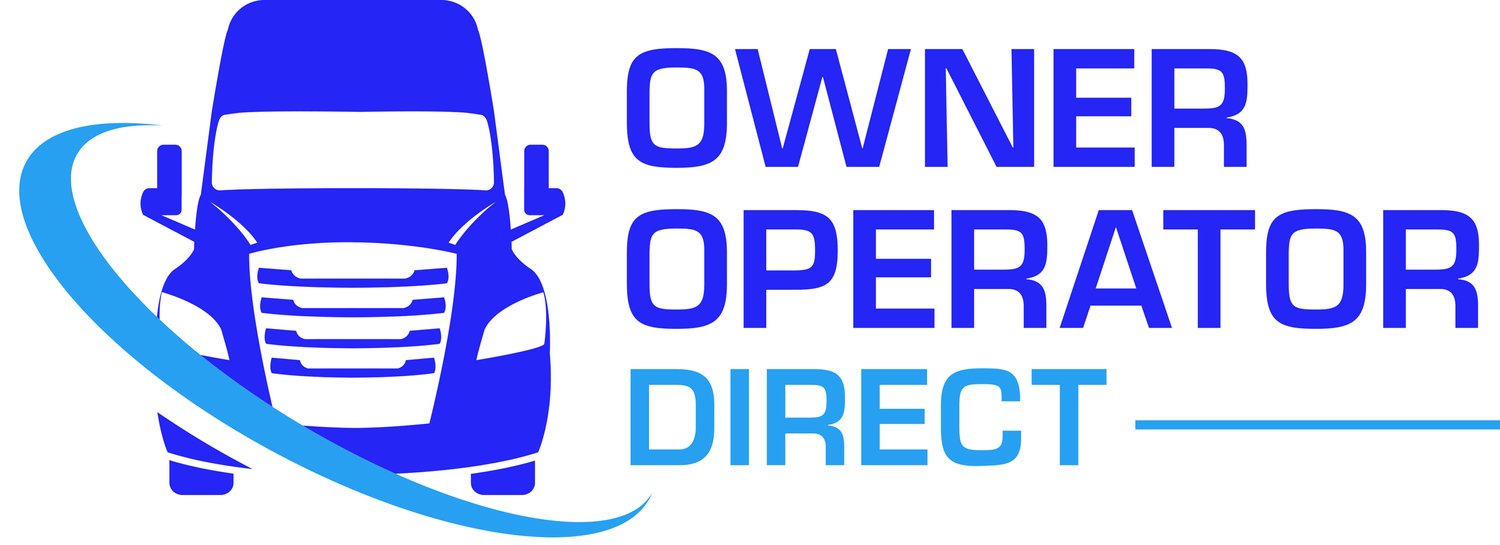FMCSA DELAYS ENTRY LEVEL DRIVER TRAINING RULE TO COMPLY WITH TRUMP MEMO
The Federal Motor Carrier Safety Administration (FMCSA) has delayed the effective date of its Entry Level Driver Training Rule from February 6th until March 21th in order to comply with President Donald Trump’s regulatory freeze memo.
The relevant part of the memo, issued January 20th, states regulations that have been published to the Federal Register but have not yet taken effect, should be postponed for 60 days from the date of the memo “for the purpose of reviewing questions of fact, law, and policy they raise.”
The Entry Level Driver Training Rule is expected to proceed as scheduled and as-is despite a two-month delay in its effective date and calls by some groups to restore the 30-hour minimum requirement for the rules behind-the-wheel portion, according to Don Lefeve, president of the Commercial Vehicle Training Association (CVTA).
The effective-date delay was prompted by President Donald Trump’s directive calling for a review of new and pending regulations.
The new effective date for this rule is March 21st instead of Feb. 6th. Lefeve notes, though, that the Feb. 7, 2020 compliance date remains unchanged.
He also questions why the rule was subject to the president’s order in the first place, noting the rule has a statutory deadline from Congress (which it missed by three years), which should have exempted it. Regarding the calls for a 30-hour minimum for behind-the-wheel training, Lefeve notes the decision came from the Office of Management and Budget’s (OMB) review.
The rule outlines a core curriculum broken down into two categories: class time and driving time. The final rule does not impose a mandatory minimum number of behind-the-wheel hours for the Class A and B commercial driver’s license training.
The basics of class time involve instruction on the operation of the vehicles, including instruments and controls, how to perform pre-and post-trip inspections, how to operate at night, distracted driving, hours of service, and more.
The rule establishes a Training Provider Registry listing FMCSA-approved providers who are able to administer the classroom and driving elements.
An earlier version of the rule contained the minimum-hour requirement, but in a FAQ, the Federal Motor Carrier Safety Administration (FMCSA) said, “The final rule does not impose a mandatory minimum number of [behind-the-wheel] hours for the Class A and B [commercial driver’s license] training primarily because, despite the best efforts of FMCSA and the Entry-Level Driver Training Advisory Committee (ELDTAC), we were not able to obtain sufficient quantitative data linking mandatory minimum [behind-the-wheel] training hours with positive safety outcomes, such as crash reduction.”
Lefeve notes trainers will still have to submit the number of hours trainees receive to the FMCSA, and he says this data could result in a requirement sometime after the rule is in effect. Lefeve says, “They want to collect the data, because we simply do not know whether 30 hours equals safety. By collecting the data they’ll start to be able to put more science behind that.”
Owner Operator Direct provides top notch commercial trucking insurance to owner operators, whether operating with authority or as leased drivers. For a no-obligation quote, give us a ring at 800-499-1044 (Monday-Friday 9-5 pm ET) or answer some questions online and we'll email you one.

